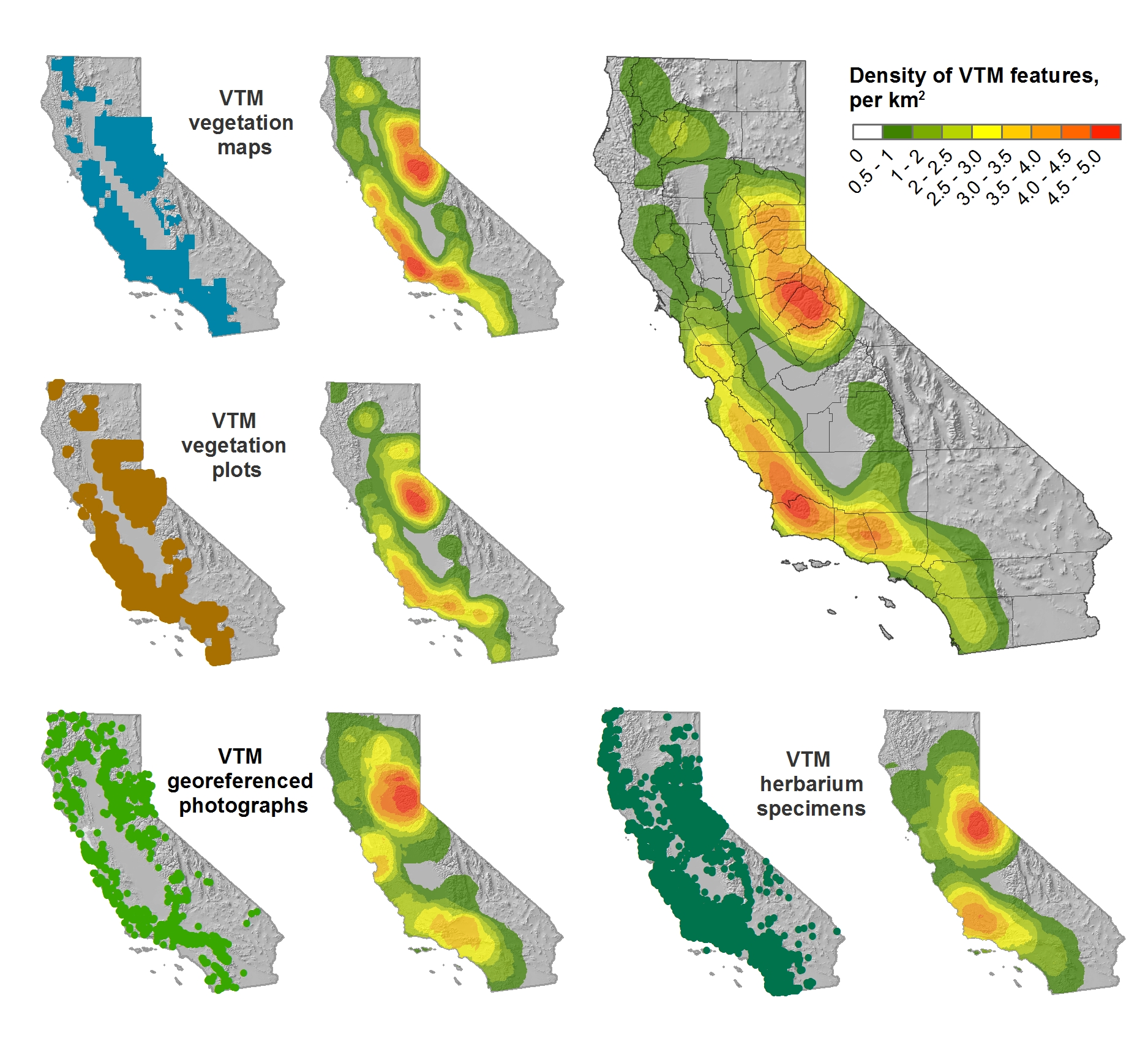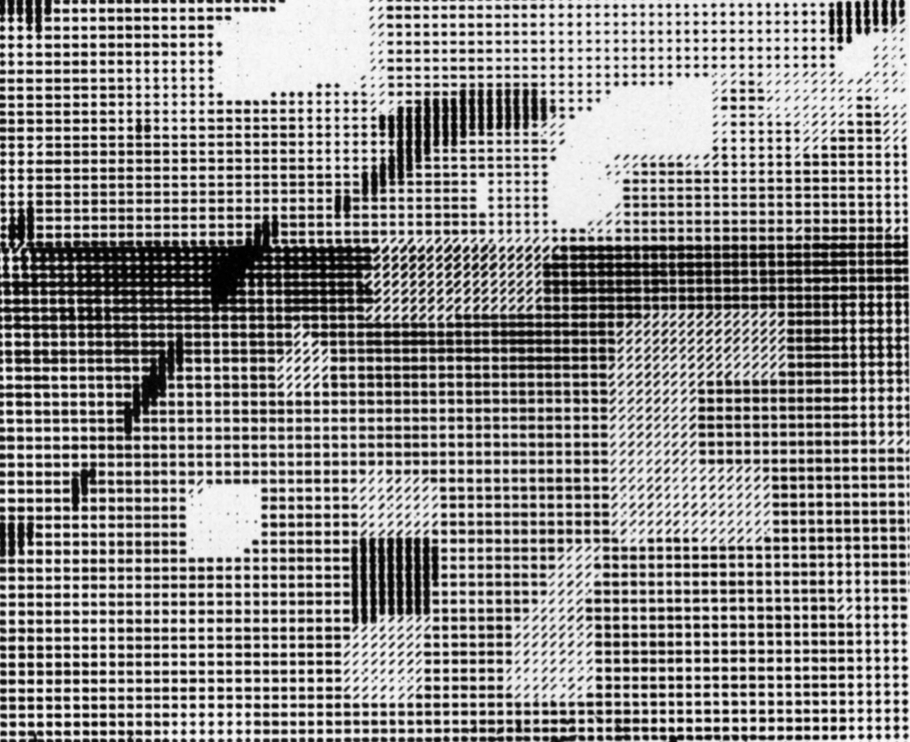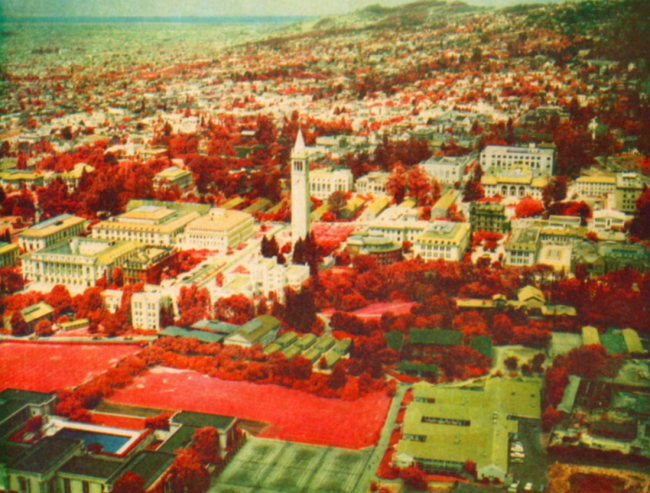ISECCI historical ecology working group wrap-up
 Monday, August 8, 2016 at 9:51AM
Monday, August 8, 2016 at 9:51AM Last week Kelly and I with others travelled to the Sierra Nevada Aquatic Research Lab (SNARL) in the eastern Sierra Nevada, just south of Mono Lake for a research retreat. SNARL is part of the UC's Natural Reserve System, which is comprised of nearly 40 properties across the state. These are preserves that foster research, education and collaboration. They have much in common with ANR's REC system. I've been to a few of them now, and am very pleased to make more visits. I love the east side of the Sierra, and that iconic Highway 395.
This trip was a retreat for the ISECCI historical ecology working group, led by the inspirational Peter Alagona from UCSB. We discussed our existing projects, including the VTM work (see figure below), and talked about potentials for more collaborative research and further integration between NRS and ANR. We have a list of wishes for digitization, and if anyone out there has ideas about pitching these to donors, please let me know. For example:
- Kelly and I want to digitize the Leiburg maps from the northern Sierra to add to the VTM stack;
- We want to find a better way to index and view historical aerial photography state-wide. Something like this for historical maps: http://ngmdb.usgs.gov/maps/TopoView/help/
- Some of the Channel islands have boxes of historical maps and data that can be digitized;
- We still face all the challenges with archiving and digitizing the paper research records that come from the RECs and NRS. We've made some progress on this topic (see PA's great site on NRS archives), but there is much more to be done.
- Other examples: A spatial approach to California herbarium collections and botanist: Jon Christensen
- http://web.stanford.edu/group/spatialhistory/cgi-bin/site/pub.php?id=17
- http://web.stanford.edu/group/spatialhistory/cgi-bin/site/page.php?id=93
- http://web.stanford.edu/group/spatialhistory/cgi-bin/site/pub.php?id=19
And we had a field trip looking at Mono Lake water issues. Great time spent!
 Density of VTM features across the collections
Density of VTM features across the collections
 Maggi | in
Maggi | in  collaboration,
collaboration,  conferences,
conferences,  cool old maps,
cool old maps,  data,
data,  ecology,
ecology,  history,
history,  learning |
learning | 








